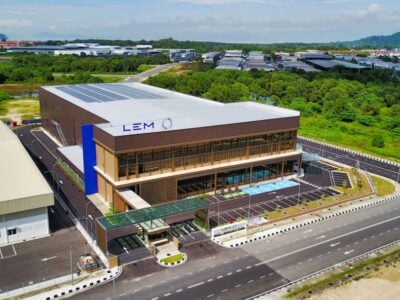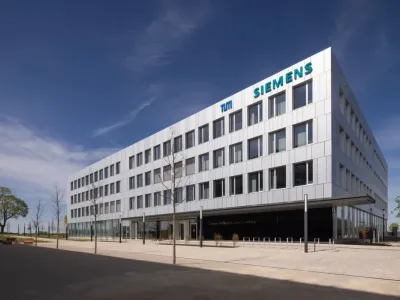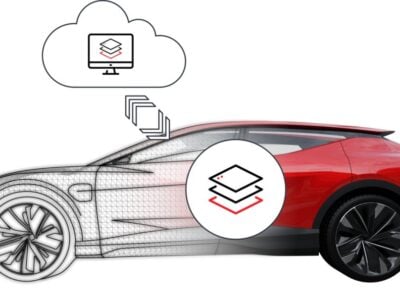
Smart city monitoring system eases parking frustrations
The system saves drivers time and makes parking easier by monitoring space occupancy for on-street and indoor garage parking spaces without adding expensive infrastructure. This enables a number of significant parking improvements.
For example, drivers can be assigned a parking space as they enter a garage, enabling them to go straight to their allotted spot. Or they can request a specific space in advance if they plan to shop at a particular store. If the data from the occupancy sensor is combined with number plate recognition, drivers can also be offered automated payment and help with locating their parked car.
The smart system is enabled by the Blackfin Low Power Imaging Platform (BLIP) from ADI, which is a low-cost, low-power embedded computer vision platform targeting a vast array of real-time sensing applications. Using a highly sophisticated algorithm designed by Cambridge Consultants, BLIP can visually detect which parking spaces are occupied or empty. This is a significant improvement over costly alternative solutions, which involve digging up roads and parking lots to install individual sensors under each parking space.
“The BLIP platform allows Analog Devices to make significant contributions in emerging IoT spaces such as smart building and cities where this a radical shift from passive to real-time intelligent sensing nodes,” says Michael Murray, general manager, Industrial IoT and Sensing, Analog Devices.
Parking surveys regularly report that the search for a parking space can often take up to 20 minutes with the average motorist wasting thousands of hours during their lifetime trying to find a vacant spot. In addition to the economic cost of this wasted time, it adds to pollution and congestion on the roads.
“Our unique smart system uses machine vision to establish whether each space is free or occupied with no need for expensive infrastructure,” says Dipak Raval, a commercial director at Cambridge Consultants. “It’s an excellent example of how machine vision can provide a cost-effective way of monitoring occupancy over a wide area, since the camera is able to ‘see’ multiple bays.
“Our deep expertise in algorithm development has enabled us to ensure the technology works in a variety of lighting conditions and can cope with different sizes of cars, trucks and motorcycles without giving misleading results if pedestrians are standing in a parking space, for example, or shopping trolleys are left behind.”
www.CambridgeConsultants.com
www.altran.com
www.analog.com
Related articles:
IoT smart city video security solution offers ‘security without surveillance’
IoT smart cities market to be $147.51B by 2020, says report
Research project combines valet parking and battery charging
 If you enjoyed this article, you will like the following ones: don't miss them by subscribing to :
eeNews on Google News
If you enjoyed this article, you will like the following ones: don't miss them by subscribing to :
eeNews on Google News




